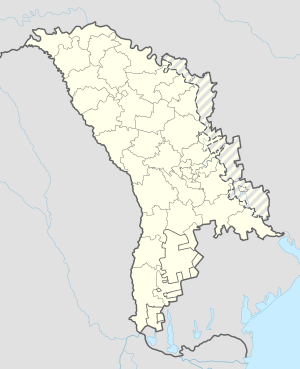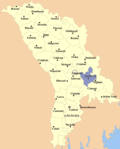|
Puhăceni
Puhăceni is a village and commune in Anenii Noi district, on the banks of the largest river in Moldova. - Nistru. The village has a documented history since 1523. It is located about 65 km from Chisinau, the capital of Moldova, and 33 km from the district centre of Anenii Noi. With an area of approximately 2.37 square kilometres and a perimeter of 5.88 km, the village of Puhăceni offers a picturesque setting for both its inhabitants and visitors. Puhăceni is known as the "village of bicycles". Locals use bicycles as their main means of transport, demonstrating a sustainable mobility model. Likewise, Puhăceni boasts a rich historical significance. At the bend of the Dniester River, you can see the archaeological earthen wave, believed to have been built by the Romans after the conquest of Dacia, called "Trajan's Wave". These waves of earth served as natural fortresses to defend against barbarian invasions. Also, Puhăceni is the birthplace of the grandfather of Alexandru Plămădeală, the famous sculptor of the Stephen the Great Monument in Chisinau's Central Park The village is also home to the oldest building, the School of Zemstvă, built in 1882. Today, this historic building functions as an old people's home, retaining its architectural charm. The Zemstvo Schools were established during the great emancipation reform of 1861 in Imperial Russia as institutions of local government. Today, the ruins of the Zemstvo schools can be found in several locations throughout Moldova. Puhăceni is not only an interesting place to visit, but also a delicious place to indulge in Moldovan "pies". Puhăceni is famous for its "cold pie", which is a sweet culinary delight that is hard to describe in words. Moments
TraditionsThe village is proud of its folk crafts Budișteanu Galina and Ceban Ludmila, who exhibited their works at various exhibitions in the village, district and republic.
References
|
||||||||||||||||||||




